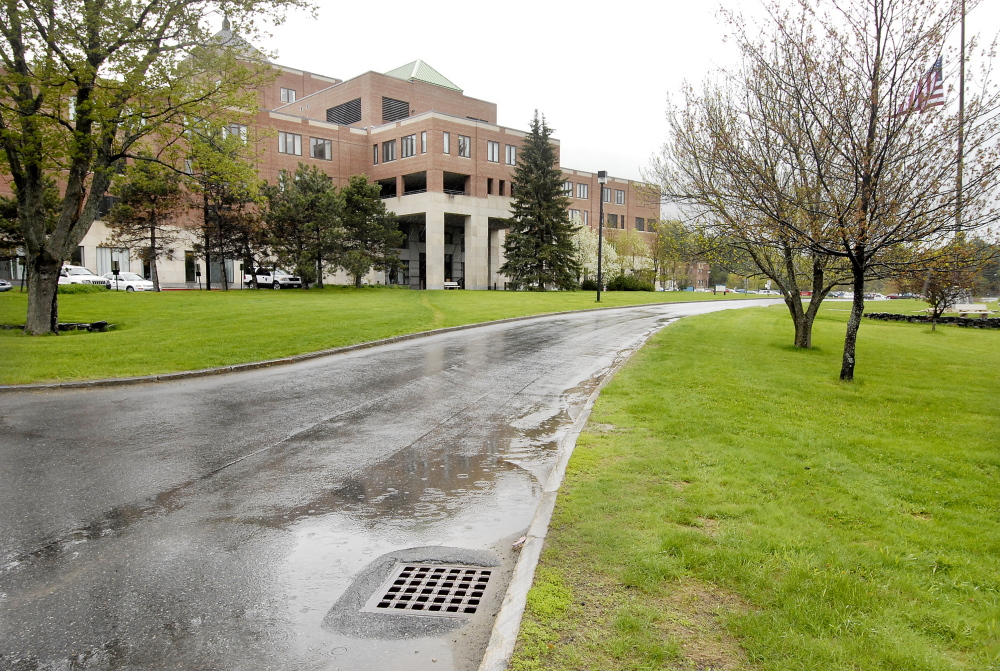The conditions at the Veterans Affairs hospital in Phoenix, the spark of the wider, ongoing scandal that led to last week’s $16.3 billion VA overhaul law, may have come as a shock. But they really shouldn’t have.
An internal database holding health statistics and customer service measurements for the VA’s 147 hospitals gave exceedingly poor marks to the Phoenix facility, which had significantly higher rates of mortality and infection than other VA hospitals, and received one star in the department’s five-star system.
There is nothing in the database to indicate the pervasive falsification of records that led to the scandal. But there is enough to suggest that there was something wrong, at the very least, in Phoenix – and that there’s room for improvement at Togus and other VA facilities left relatively untouched by the scandal.
That shows how valuable the information is, and why it must be updated periodically and kept public as the VA goes through the lengthy process of improving service and care, and regaining the trust of the nation.
The database, known as Strategic Analytics for Improvement and Learning, or SAIL, has been used internally at the VA for some time. It allows officials to get a quick look at how individual facilities are faring on a number of metrics involving both care and patient satisfaction. Only some of this data, in less detail, was released to the public.
That changed when The Wall Street Journal published data from SAIL that were leaked to the newspaper. The information showed that outcomes at VA hospitals vary widely from facility to facility, and that the Phoenix hospital was far below average.
The VA has since released a summary of 2013 data from SAIL, showing that even VA hospitals where scheduling and wait times have not become an issue have areas they need to address.
Take the Maine VA Medical Center at Togus, for example. There is no indication that officials at Togus manipulated patient records or appointment schedules, and the waiting times for appointments at the Augusta hospital are in line with the government’s strict standards.
The data from SAIL, however, show that Togus lags behind other VA facilities in the region in a number of categories.
Togus, for instance, had the highest rate of catheter-associated urinary tract infections among New England VA facilities, as well as the highest rate of IV-associated blood infections and the second-highest 30-day death rate from pneumonia.
Now, the high rates could be a factor of Togus’ size, location or patient population. Interestingly, some of Maine’s private hospitals have been warned recently about their high infection rates as well.
In any case, the data call for a closer look, and their availability to the public makes it more likely that VA officials will follow through, no small feat given what we know about how the department has conducted its business the last few years.
That process is already underway at Togus, a spokesman said last week. In Phoenix, before the scandal, the data were clearly ignored. There, it took the persistence of whistleblowers, beating back harassment and retaliation, to bring the shocking problems into the light. Now it’s important to make sure they stay there.
Send questions/comments to the editors.



Success. Please wait for the page to reload. If the page does not reload within 5 seconds, please refresh the page.
Enter your email and password to access comments.
Hi, to comment on stories you must . This profile is in addition to your subscription and website login.
Already have a commenting profile? .
Invalid username/password.
Please check your email to confirm and complete your registration.
Only subscribers are eligible to post comments. Please subscribe or login first for digital access. Here’s why.
Use the form below to reset your password. When you've submitted your account email, we will send an email with a reset code.